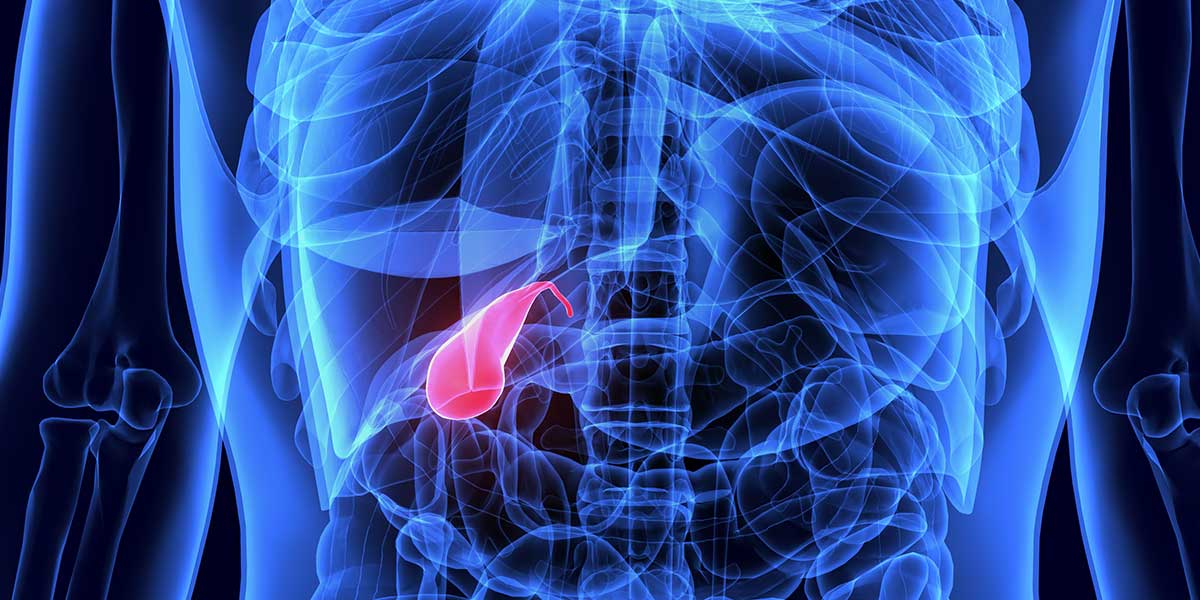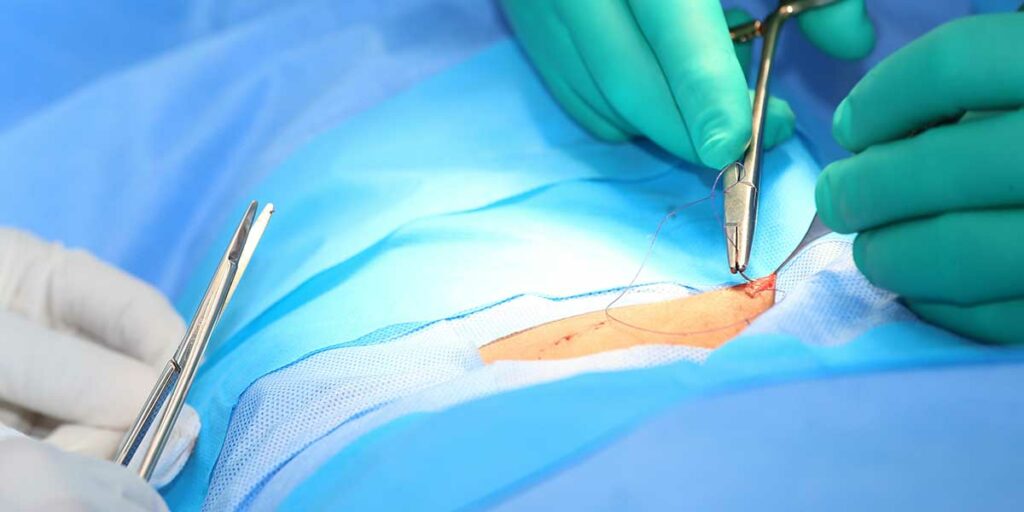Introduction
Robotic surgery has transformed the field of minimally invasive procedures, offering enhanced precision, dexterity, and control. One of the most common robotic-assisted surgeries is robotic cholecystectomy, a procedure used to remove the gallbladder in patients suffering from gallstones, gallbladder inflammation, or other gallbladder diseases. In this blog post, we will explore robotic gallbladder surgery, its benefits, the procedure itself, and what patients can expect.
What is Robotic Cholecystectomy?
Robotic cholecystectomy is an advanced surgical technique that utilizes a robotic-assisted system to perform gallbladder removal surgery with high precision. This procedure is a step up from traditional laparoscopic cholecystectomy, as it provides the surgeon with enhanced visualization, superior maneuverability, and greater accuracy in delicate movements.
The da Vinci Surgical System is the most used robotic surgery platform for this procedure. It allows surgeons to control robotic arms equipped with surgical instruments while viewing a high-definition, magnified 3D image of the operative field.
Indications for Robotic Cholecystectomy
This procedure is recommended for patients with conditions such as:
- Gallstones (Cholelithiasis): Hardened deposits in the gallbladder that may cause pain and block bile flow.
- Gallbladder Inflammation (Cholecystitis): A painful condition caused by infection or blockage.
- Biliary Dyskinesia: A disorder that impairs the normal function of the gallbladder.
- Gallbladder Polyps: Small growths that may develop into cancer if left untreated.
- Common Bile Duct Obstruction: When gallstones block bile flow, leading to jaundice (yellow skin) and liver damage.
- Pancreatitis Due to Gallstones: When gallstones block bile flow, causing inflammation in the pancreas.
Benefits of Robotic Cholecystectomy
Compared to open or traditional laparoscopic gallbladder surgery, the robotic cholecystectomy procedure offers several advantages:
- Enhanced Precision: The robotic system provides a steady, tremor-free platform for intricate movements.
- Better Visualization: The 3D high-definition camera allows for a magnified and clearer view of the surgical area.
- Smaller Incisions & Reduced Scarring: The minimally invasive nature of the procedure results in less noticeable scars.
- Faster Recovery Time: Patients typically experience a quicker return to normal activities compared to traditional surgery.
- Less Pain & Blood Loss: Smaller incisions reduce trauma to the body, leading to less post-operative pain and minimal bleeding.
The Procedure: Step-by-Step
- Preoperative Preparation
Before surgery, patients undergo imaging tests such as an ultrasound, CT, or MRI to assess gallbladder condition. They are advised to fast for several hours before the procedure and may receive specific pre-surgical instructions from their surgeon.
- Anesthesia Administration
The patient is placed under general anesthesia to ensure they remain unconscious and pain-free during the procedure.
- Robotic System Setup
The surgeon makes a few small incisions in the abdomen, through which robotic arms, a high-definition camera, and surgical instruments are inserted.
- Gallbladder Removal
The surgeon, seated at a console, manipulates the robotic arms to carefully dissect and remove the gallbladder, while preserving surrounding structures. The robotic surgical system allows for meticulous dissection and improved control over surgical instruments.
- Closure & Recovery
After removing the gallbladder, the incisions are closed with sutures and surgical glue. The patient is then moved to the recovery room for monitoring.
Recovery & Postoperative Care
Most patients can return home the same day or after an overnight stay, depending on their condition. Key aspects of postoperative care for robotic cholecystectomy include:
- Pain Management: Mild discomfort can be managed with prescribed or over-the-counter pain relievers.
- Physical Activity: Light activities can be resumed within a few days, but heavy lifting and strenuous exercise should be avoided for at least two weeks.
- Follow-Up: A follow-up appointment is scheduled to ensure proper healing and address any concerns.
Potential Risks and Complications
While robotic gallbladder surgery is considered safe, like any surgery, it carries some risks, including:
- Infection at the incision sites
- Bleeding or blood clots
- Injury to nearby organs (though rare due to precision)
- Adverse reaction to anesthesia
- Bile leakage or retained gallstones
Why Chose The ONE Surgical for Your Gallbladder Surgery?
Dr. Sugumaran is fellowship trained in Minimally Surgery. He has extensive experience in managing complex patients that require a multidisciplinary approach. He works closely with your primary doctor and gastroenterologist to ensure you have the best possible care!
Conclusion
Robotic cholecystectomy is a cutting-edge gallbladder surgery that enhances the safety, precision, and recovery of gallbladder removal. Patients benefit from smaller incisions, reduced pain, and a quicker return to normal life. As robotic technology in surgery continues to advance, its role in minimally invasive procedures will expand, offering even greater benefits to patients worldwide.
If you are experiencing gallbladder issues and considering surgery, consult with a surgeon to determine whether robotic cholecystectomy is the right option for you.
Sources
- American College of Surgeons – Robotic Surgery Overview: www.facs.org
- National Institute of Diabetes and Digestive and Kidney Diseases (NIDDK) – Gallbladder Diseases: www.niddk.nih.gov
- da Vinci Surgical System – Robotic Cholecystectomy: www.intuitive.com
- Mayo Clinic – Gallbladder Removal Surgery: www.mayoclinic.org
- Cleveland Clinic – Robotic Surgery Benefits and Risks: www.clevelandclinic.org



